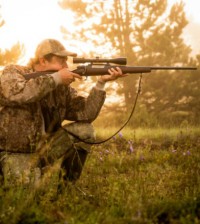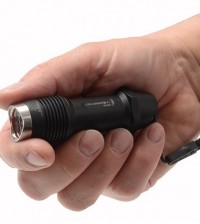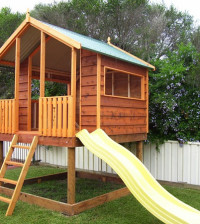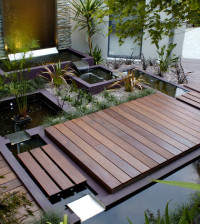Outdoor Gear Essentials: How to Choose the Right Binoculars for Your Needs
Whether it is for hunting, bird watching, or just taking an exploratory hike in the wilderness, there is one piece of gear outdoor enthusiasts should bring with them – binoculars. Although they may not be a must-have piece of gear when exploring the great outdoors, binoculars are a great way to entertain yourself and get fascinated by the beauty of nature.
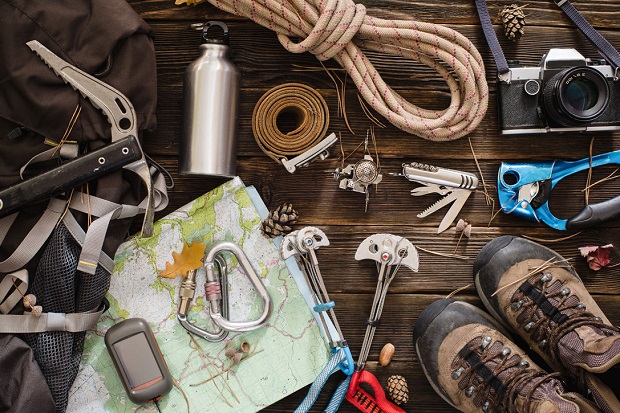
Depending on your activity, when buying binoculars, you will need to consider different features as their importance varies.
- Hunting or Game-Viewing – larger binoculars with a larger magnification will spot objects far away better than smaller binoculars with lower magnification.
- Low-Light Conditions – a larger objective lens will admit more light.
- Rainy Conditions – waterproof binoculars are a must.
- Rough Conditions – a rubber-armoured construction will protect lens and prism.
- Sports – smaller binoculars featuring lower magnification tend to follow the action easier.
- Understanding What the Numbers on Binoculars Mean
When shopping for gear outdoor experts recommend that you should look on the packaging of any set of binoculars for information containing two numbers with an ‘x’ between them – 8×32, for example. The first number represents the power or magnification factor. The higher the number, the closer the object in focus will appear from a set distance. However, higher magnification also reduces the field of view. The second number indicates the objective lens size. The larger the objective lenses, the more light enters, and thus the clear the object appears.
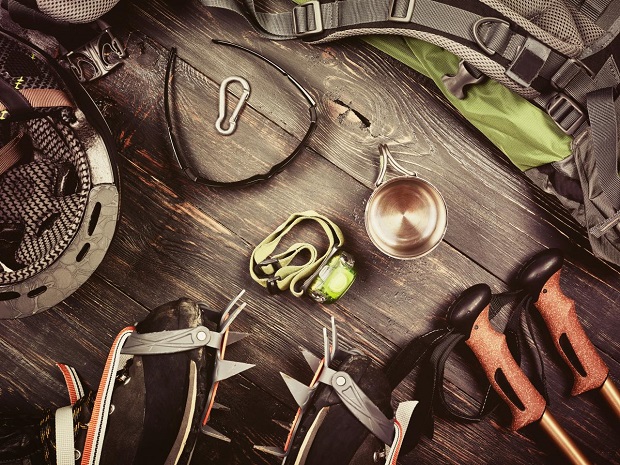
Eye Relief
This feature is the distance from the outer surface of the eyepiece lens to the point where the exit pupil is formed on the eye. For spectacle wearers, binoculars with larger eye relief are a good choice as they allow for greater performance without removing their glasses.
Different Binocular Prisms
There are two types of binocular prisms: porro prism and roof prism. Porro prism is known to provide greater depth perception and generally, a wider field of view. With roof prism, the prims overlap closely so the objective lenses line up directly with the eyepiece. The result is a slim, streamlined shape with better clarity.
Lens Coating
Manufacturers often list lens coating as a product feature. The composition of these coatings and their effect on image quality differs from one manufacturer to another. The most common lens coating types are:
- Coated – at least one surface touching air has one coating.
- Fully Coated – all surfaces touching air have one coating.
- Multi-coated – at least one surface has two or more different coatings.
- Fully multi-coated – all surfaces have two or more types of coatings.
With a decent pair of binoculars, you can do anything from improving your general outdoor skills to developing an addictive new hobby. So, next time you head out, make sure you bring a pair of binoculars with you for the ultimate hiking experience.

